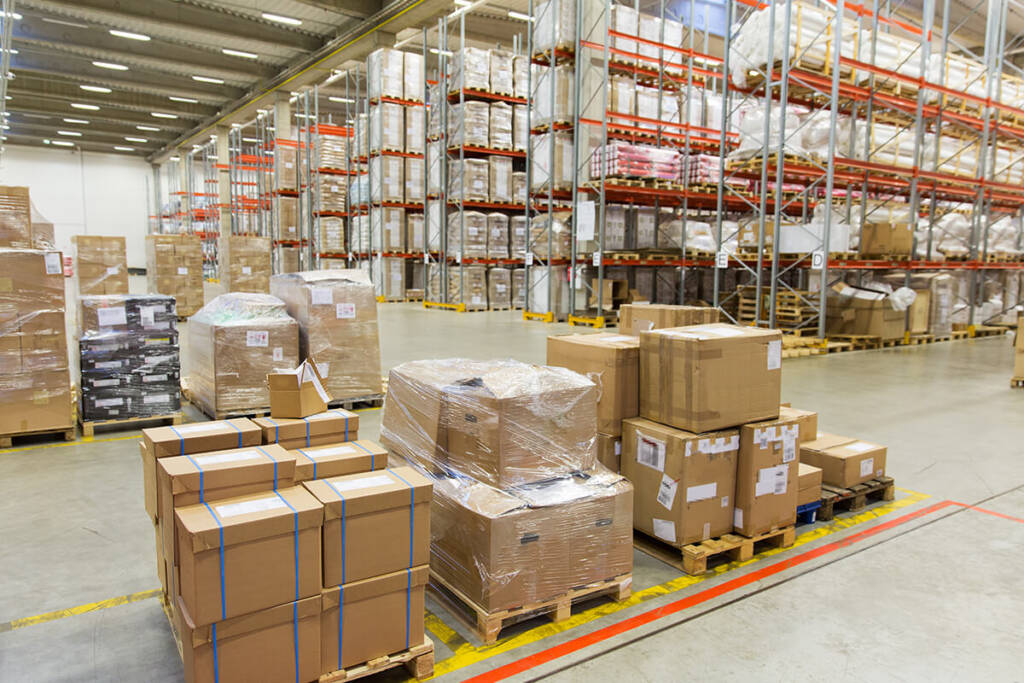Freight costs continue to rise, pushing logistics teams to search for new ways to reduce expenses without disrupting operations. Many focus on negotiating better rates or improving routing but overlook how much pallets contribute to overall shipping costs.
The type of pallet used affects how efficiently products are stacked, how much weight is added to a shipment, and how well space is utilized inside trucks. These factors directly influence fuel usage, load capacity, and handling time, all of which contribute to final shipping costs. By improving pallet selection and usage, companies can create a measurable impact on freight performance and operational efficiency.
Why Pallet Choices Affect Freight Costs
Pallets are more than just a platform for moving goods—they influence space utilization, handling time, and shipping weight. The wrong pallet can cause damage, reduce load capacity, or even get rejected by carriers. These issues result in hidden costs like penalties, returns, and wasted labour.
When your pallet doesn’t align with standard shipping systems, it creates dead space in containers. You pay to ship less product in more trailers. Poor choices in pallet materials or dimensions may also push your load over the weight limit, resulting in costly surcharges. Addressing these problems starts with better pallet decisions.
Smart pallet strategies allow you to ship more with less and keep your cargo safer on the road. These tips will help you get the most out of every shipment.

How to Cut Freight Costs by Making Smarter Pallet Choices
- Use Standard Pallet Sizes
Using standard-sized pallets helps carriers load trucks and containers more efficiently. In North America, the most common pallet size is 48×40 inches. Carriers are set up to handle this size, so sticking with it helps avoid underutilized space. If your pallet size doesn’t fit well, you may lose space inside trailers, which leads to paying more per shipment.
When pallets don’t stack or align properly, they leave gaps. Those gaps reduce the number of units per load and increase the number of trips needed. Standard sizing also helps simplify packaging and warehouse workflows. Consistency is key for reducing freight expenses. - Opt for Lightweight Materials
Lightweight pallets can cut transportation weight without affecting strength. Options like plastic, presswood, or corrugated pallets weigh less than hardwood versions but still carry loads securely. Reducing pallet weight lowers the overall shipment weight, helping you avoid extra fuel charges or weight-based fees.
Be sure the lighter materials meet your handling and durability needs. Testing a few lightweight options before full rollout can prevent unexpected breakage or product damage. When chosen correctly, they can lower costs without compromising load safety.
- Choose Nestable or Stackable Pallets
Nestable and stackable pallets are designed to save space. Nestable pallets fit inside each other, taking up less room when stored or returned. Stackable pallets sit on top of one another securely, allowing more stable stacking and better use of vertical trailer space.
Return trips often cost money even when trailers are empty. By using nestable pallets, you reduce the number of trailer loads needed to bring pallets back to the warehouse. For companies with frequent backhauls or storage limitations, this is a practical way to lower handling and storage costs.
- Avoid Overbuilt Pallets
It’s common for shippers to choose the strongest pallets available, thinking it adds protection. However, pallets that are stronger than needed usually weigh more and cost more. If your products don’t require heavy-duty support, using overbuilt pallets increases freight weight unnecessarily.
Match the pallet to your actual load requirements. Over time, using heavy-duty pallets for light shipments adds thousands of extra pounds to your shipping volume. That weight translates directly into higher fuel and freight bills, without added benefit.
- Reuse Pallets Where Practical
Reusable pallets reduce your cost per shipment over time. Instead of buying new ones for every load, you can clean, inspect, and reuse existing ones. This works well for closed-loop systems where you can recover the pallets after delivery.
Set up a pallet return process with regular shipping partners or local customers. Reusing quality pallets lowers your purchase costs and reduces waste. Just make sure reused pallets are in good condition to avoid damage claims.
- Audit Pallet Condition Regularly
Damaged pallets pose safety risks and add costs. They can cause product damage, loading delays, and even rejections by carriers or retailers. By inspecting pallets before use, you lower the risk of shipment issues.|
Regular audits also help maintain a high standard across your pallet pool. Fix minor damage early or remove broken pallets from rotation. A quick visual inspection can prevent much larger problems down the line, including claims, downtime, and lost goods.
- Match Pallets to Automated Systems
If you use automation in your warehouse or partner with carriers that do, your pallets need to be compatible. Automated equipment such as forklifts, conveyors, or sorting machines require pallets with specific spacing, entry points, and durability. Using the wrong pallet slows down operations and increases manual handling.
Incompatible pallets often cause jams or get rejected by automated systems. This adds time and labour costs. Choosing automation-friendly pallets helps speed up processing and improve load consistency across your supply chain.
- Minimize Empty Space on Pallets
Underfilled pallets waste trailer space and raise freight costs. When products don’t use the full pallet surface, you end up paying to ship air. Similarly, loads that hang over the edge can’t be stacked properly and may be damaged in transit.
Train staff to pack evenly and stack efficiently within pallet dimensions. Use the right packaging to support uniform loads and reduce empty space. Getting the most out of every square inch helps you ship fewer loads with fewer trailers.
- Leverage Block Pallets for Better Handling
Block pallets can be lifted from all four sides, which speeds up loading and unloading. They’re also typically more stable than stringer pallets, making them a better option for heavy or delicate goods. Their design allows for easier use with forklifts and pallet jacks, especially in tight dock areas.
Better handling means less time spent loading, fewer dropped loads, and lower labour costs. In high-volume environments, block pallets help keep everything moving. When time is money, choosing easier-to-handle pallets makes a difference.
- Partner with a Pallet Management Service
A pallet management service can track usage, suggest cost-effective alternatives, and manage returns. These providers often have data tools to spot inefficiencies and recommend better pallet types. Outsourcing this task also frees your team to focus on core logistics duties.
Many services offer pallet repairs, recycling, and rental programs. This reduces upfront pallet costs and helps you adapt to changing freight patterns. For companies with complex distribution networks, partnering with experts helps streamline pallet operations and save money long-term.

Partner with Woodbridge Pallet for Smarter Freight Solutions
If you’re serious about reducing freight expenses, the right pallet partner matters. Woodbridge Pallet offers durable, cost-effective pallets in Mississauga that are tailored to meet your shipping needs. Our team will help you choose the right pallet options based on weight, size, and handling systems.
Whether you’re switching to lighter materials or looking for better stacking solutions, we’ll make sure every pallet supports your bottom line. Work with a team that understands logistics and values long-term savings. Call us today at 905-856-3332 and start cutting freight costs through smarter pallet choices.
Frequently Asked Questions
- What’s the best way to manage pallets across multiple warehouse locations?
Centralizing pallet data through a shared inventory or pallet pooling system helps maintain visibility across all sites. This prevents over-ordering at one warehouse while others have surplus. A coordinated approach also reduces waste, ensures consistency, and improves negotiation with pallet suppliers. - How can I avoid pallet-related damage to my products during transit?
Use pallets that match the weight and size of your load to prevent tipping, overhang, or shifting. Reinforce your loads with proper strapping, stretch wrap, and edge protectors to keep them secure. Regular staff training on loading and stacking techniques also helps minimize in-transit damage.
- What role does pallet quality play in reducing freight claims?
High-quality pallets reduce the risk of structural failure during transport, which protects your goods from damage. Investing in better-built pallets may cost more initially, but they help prevent costly claims and delays. Consistent quality also improves your brand’s reputation with carriers and customers.
- Do different industries have specific pallet requirements I should follow?
Yes, industries like food, pharmaceuticals, and automotive often have strict pallet standards for hygiene, load capacity, or safety. For example, the food industry may require pallets that are easy to clean and resistant to contaminants. Understanding your industry’s expectations ensures compliance and smoother deliveries.
- Should I invest in custom pallets for irregularly shaped products?
Custom pallets can improve load stability and product protection for non-standard items, but they often increase freight costs due to inefficient stacking. It’s important to evaluate whether the improved fit offsets the added handling and space requirements. In many cases, reconfiguring product packaging to fit standard pallets is a more cost-effective solution.
